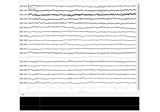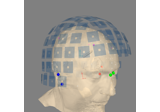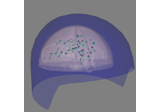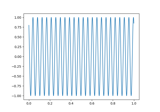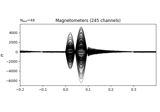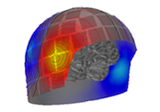mne.make_sphere_model#
- mne.make_sphere_model(r0=(0.0, 0.0, 0.04), head_radius=0.09, info=None, relative_radii=(0.9, 0.92, 0.97, 1.0), sigmas=(0.33, 1.0, 0.004, 0.33), verbose=None)[source]#
Create a spherical model for forward solution calculation.
- Parameters
- r0array-like |
str Head center to use (in head coordinates). If ‘auto’, the head center will be calculated from the digitization points in info.
- head_radius
float|str|None If float, compute spherical shells for EEG using the given radius. If ‘auto’, estimate an appropriate radius from the dig points in Info, If None, exclude shells (single layer sphere model).
- info
mne.Info|None The
mne.Infoobject with information about the sensors and methods of measurement. Only needed ifr0orhead_radiusare'auto'.- relative_radiiarray-like
Relative radii for the spherical shells.
- sigmasarray-like
Sigma values for the spherical shells.
- verbosebool |
str|int|None Control verbosity of the logging output. If
None, use the default verbosity level. See the logging documentation andmne.verbose()for details. Should only be passed as a keyword argument.
- r0array-like |
- Returns
- sphereinstance of
ConductorModel The resulting spherical conductor model.
- sphereinstance of
See also
Notes
The default model has:
relative_radii = (0.90, 0.92, 0.97, 1.0) sigmas = (0.33, 1.0, 0.004, 0.33)
These correspond to compartments (with relative radii in
mand conductivities σ inS/m) for the brain, CSF, skull, and scalp, respectively.New in version 0.9.0.
Examples using mne.make_sphere_model#
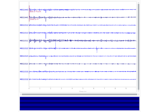
Plot sensor denoising using oversampled temporal projection
